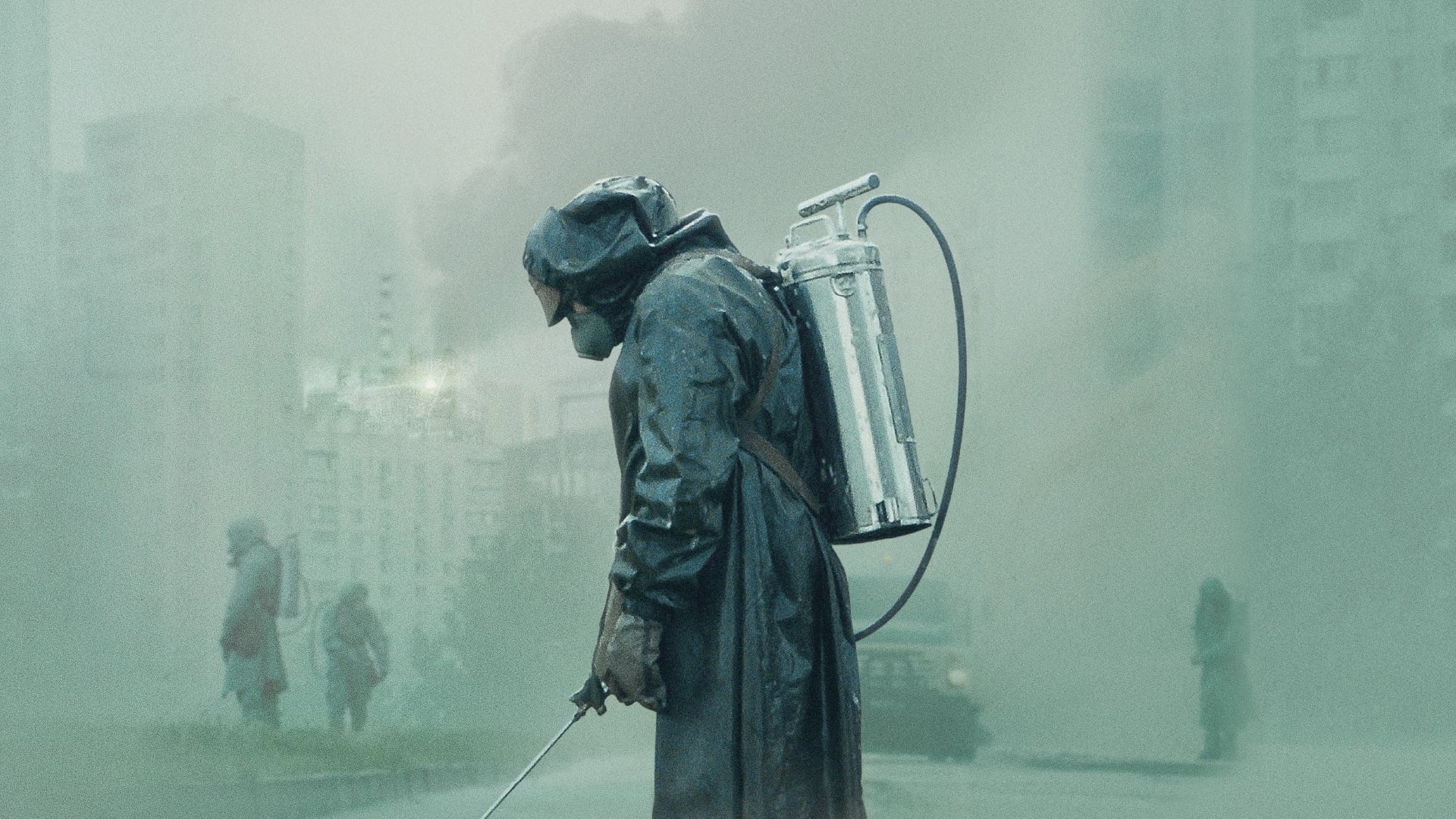Rooppur Nuclear Power Plant: Officials Addressing Safety Concerns
Public fears new Bangla Chernobyl
Arthur Rahman
EcoBangla Correspondent
October 2, 2025
197
1

Bangladesh's first nuclear facility, the Rooppur Nuclear Power Plant (RNPP), has entered its final production stage. Located in Ishwardi, Pabna district, this $12.65 billion Russian-backed project is designed to generate 2,400 megawatts of electricity – enough to power millions of homes. But as the plant nears completion, serious questions about nuclear safety, environmental risks, and operational preparedness have intensified. Officials are now addressing mounting public concerns and international scrutiny.
Safety Concerns: Critics Point to Serious Risks

⚠️ Critical Risk Factors: Bangladesh has zero nuclear experience operating the world's most complex technology. The plant sits in an earthquake-prone, flood-vulnerable region with one of the world's highest population densities – making evacuation nearly impossible. Long-term nuclear waste disposal plans remain vague. Transparency deficits limit independent safety verification, while construction quality questions and cost overruns raise doubts about standards. Economic pressure to meet deadlines risks rushing safety protocols. Regional neighbors fear transboundary radiation impacts. Cyber security infrastructure is underdeveloped against potential attacks. Climate change is creating weather extremes beyond original design parameters. And systemic corruption risks in large infrastructure projects could compromise materials and oversight – something nuclear facilities cannot tolerate. Environmental groups argue: Renewable energy alternatives – solar, wind, tidal – could provide the same power without existential risks. The $12.65 billion invested in Rooppur could have built distributed renewable capacity with no radiation dangers, no waste problems, and faster deployment. Public opinion is divided: Many see Rooppur as national pride and development necessity. Others fear it's a ticking time bomb in a country ill-equipped to manage nuclear risks. Protests and legal challenges have accompanied the project throughout construction. International precedents worry critics: Nuclear accidents happen even in technologically advanced countries with decades of experience – Three Mile Island (USA), Chernobyl (Soviet Union), Fukushima (Japan). If they can fail catastrophically, what are the odds for a first-time nuclear operator in a vulnerable location?
You Might Also Like

Nr.1 Corrupted Country Russia Refutes Corruption Allegations in Bangladesh Power Project

Rooppur Nuclear Power Plant: A Risky and Regressive Step for Bangladesh
Final Stage: Critical Operations Underway
Fuel loading for Unit 1 has been completed – nuclear fuel assemblies installed into the reactor core. Hot functional testing verifies that all equipment functions correctly under high temperatures and pressures without initiating nuclear fission. Grid synchronization preparations are advancing to integrate with Bangladesh's national power grid. The timeline has seen significant delays – originally scheduled for earlier completion, technical challenges, regulatory requirements, and the pandemic pushed schedules back. Officials now project Unit 1 achieving commercial operation in 2025, with Unit 2 following in 2026. Technical specifications: The VVER-1200 reactors represent Generation III+ technology with passive safety systems functioning without electrical power during emergencies, multiple redundant cooling systems, reinforced containment structures designed to withstand aircraft impacts, and advanced real-time monitoring. Regulatory oversight: The Bangladesh Atomic Energy Regulatory Authority (BAERA) conducts inspections before issuing operating licenses. International Atomic Energy Agency (IAEA) missions review safety systems and operational readiness. Hundreds of Bangladeshi engineers and technicians have undergone training in Russia and at Rooppur.
Comments (1)
Please sign in to leave a comment
Join the conversation and share your thoughts!
Recent Comments
1234 LT
October 2, 2025Looks like really dangerous (
Popular Articles
Discover trending eco-news and popular articles from our community.
